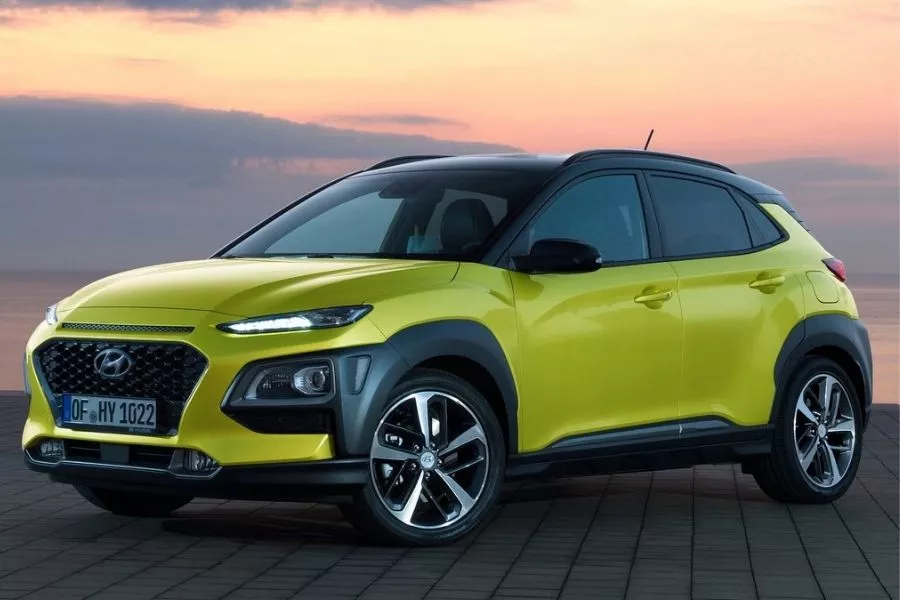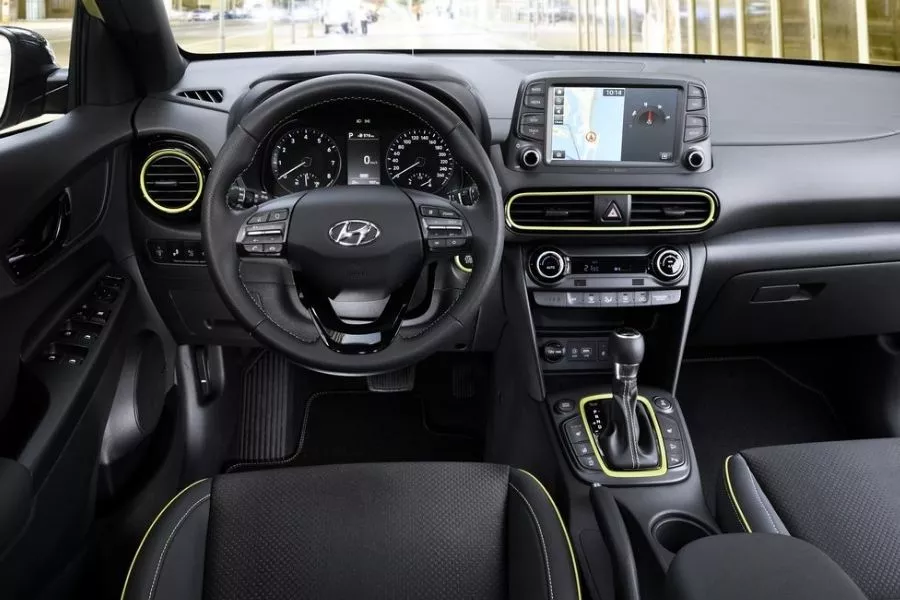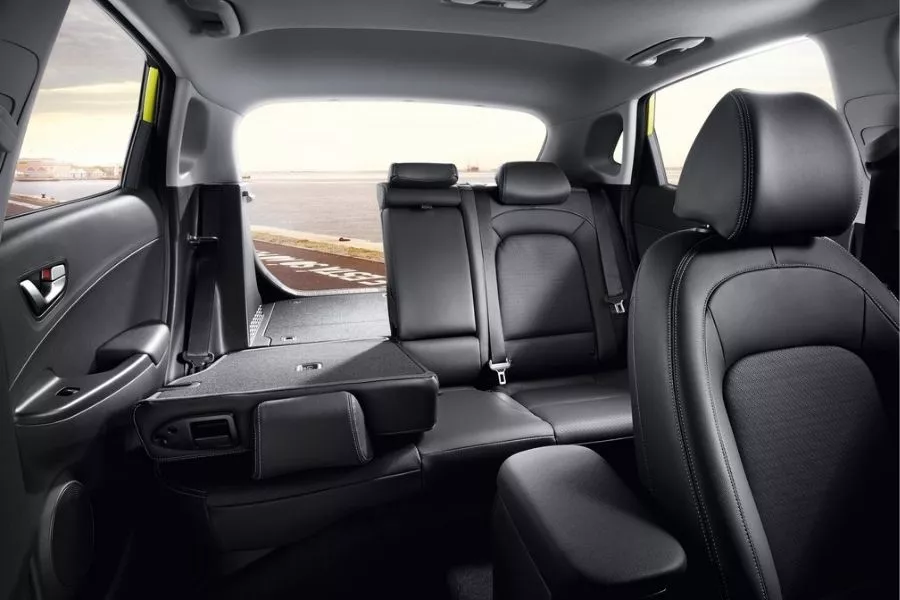As far as Hyundai’s subcompact crossover offering in the Philippines is concerned, the Kona shares this distinction with the Venue. And yet, the classification seems more fitting for the former, with its dynamic vibe that makes it suitable for young buyers.
Hyundai Kona product information film
It all starts with the name. Hyundai christened the Kona after Hawaii’s western district, consistent with the Korean carmaker’s penchant for branding its models after popular travel destinations. The moniker itself inspires images of sun-kissed surfers hanging ten while riding the waves, in an effort to endow the vehicle with an adventurous and fun-loving streak.
There’s generous body cladding around the Kona’s athletic exterior, headlined by the cascading grille that’s flanked by split-type front lighting, comprising LED DRLs up top, projector headlamps, and foglamps. Roof rails accompany the blacked-out roofline which terminates in a rear spoiler, while wraparound taillights surround the tailgate. There’s 170mm of ground clearance to help the Kona negotiate unpaved roads.

There's something about the Kona's design that conveys excitement
The predominantly dark interior offers fabric seats for up to five people, with a cargo bay that can be expanded by folding down the split-fold rear bench. Occupants will have to contend with manual air-conditioning and a floating-type mono LCD screen, although the Kona does feature Bluetooth and USB connectivity.
Power comes from a 2.0-liter Atkinson engine with multi-point injection, generating a healthy 147 hp and 195 Nm of torque. A 6-speed automatic gearbox makes the front wheels spin, while front MacPherson struts and a rear coupled torsion beam axle make the Kona agile on corners. Safety features include six airbags, anti-lock brakes, cruise control, seatbelts all around, and an included Tire Pressure Monitoring System (TPMS).

Philippine-spec units miss out on the touchscreen and automatic climate control
The Hyundai Kona currently comes in a lone GLS variant, which asks for Php 1,188,000 as the price of admission. For financing, a 20 percent downpayment or Php 237,000 leads to 36 monthly installments of Php 33,226. Meanwhile, doubling the downpayment to Php 475,200 reduces the monthly to Php 24,919.
If you stretch the payment terms to 48 months with a 30 percent downpayment or Php 356,400, the recurring bill comes down to Php 23,398. With a 60-month payment term coupled with a 50 percent downpayment or Php 594,000, you only need to pay Php 14, 319 every month.

The split-fold second row bench makes loading bigger cargo easier
As always, these are all estimates, exclusive of other costs such as maintenance, fuel, insurance, and registration at the end of the first three years of ownership. Your nearest Hyundai dealer will be able to give you a more accurate computation based on your current budget.
Find more tips that add up to a great car ownership experience at Philkotse.com.
Know more about Hyundai Kona 2026

The Hyundai Kona 2023 is a subcompact crossover brought in by the Korean marque. It is available in the Philippines in one variant only which is priced at Php 1,188,000. Powering this vehicle is a 2.0-liter NU MPI Atkinson gasoline engine capable of generating 147 horsepower and 179 Nm of torque. Only a 6-speed automatic transmission is used to drive the power from the engine to the front wheels exclusively.
In terms of dimensions, the Kona has a length of 4,165 mm, a width of 1,800 mm, and a height of 1,550 mm. Additionally, it comes with a wheelbase and ground clearance rated at 2,600 mm and 170 mm, respectively. In the local market, this Korean subcompact crossover goes up against the likes of the Mazda CX-3, Kia Seltos, and Geely Coolray.
Discontinued
ExploreRecent posts
- hyundai kona n more practical May 01, 2021
- New Hyundai Kona N teased Mar 12, 2021
- 2021 Hyundai Kona Expectations Dec 31, 2020
- Hyundai Kona Night Edition debut Oct 14, 2020















